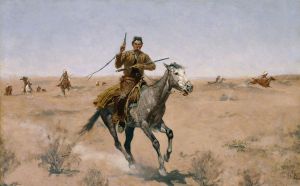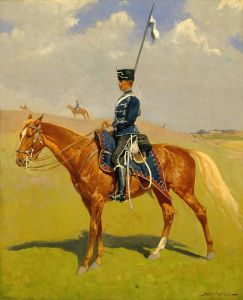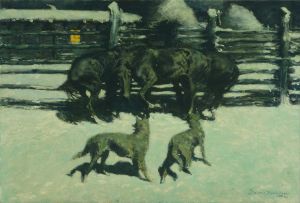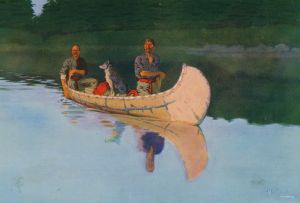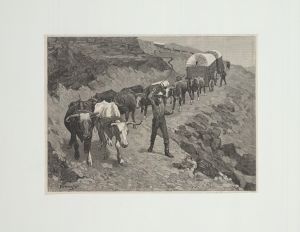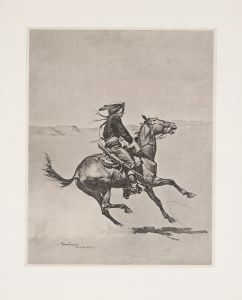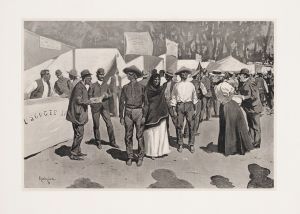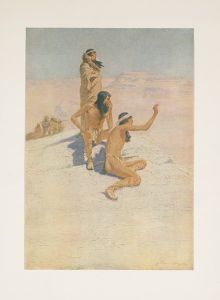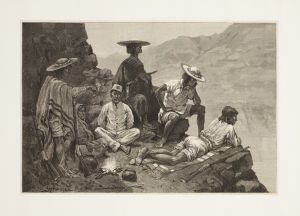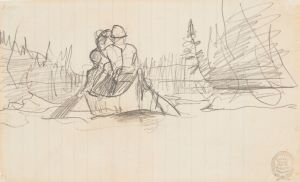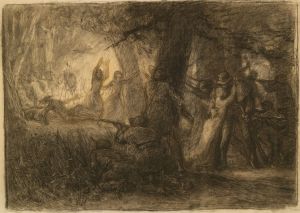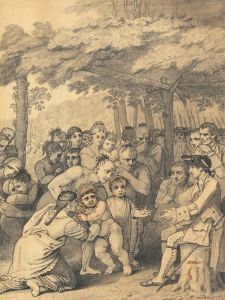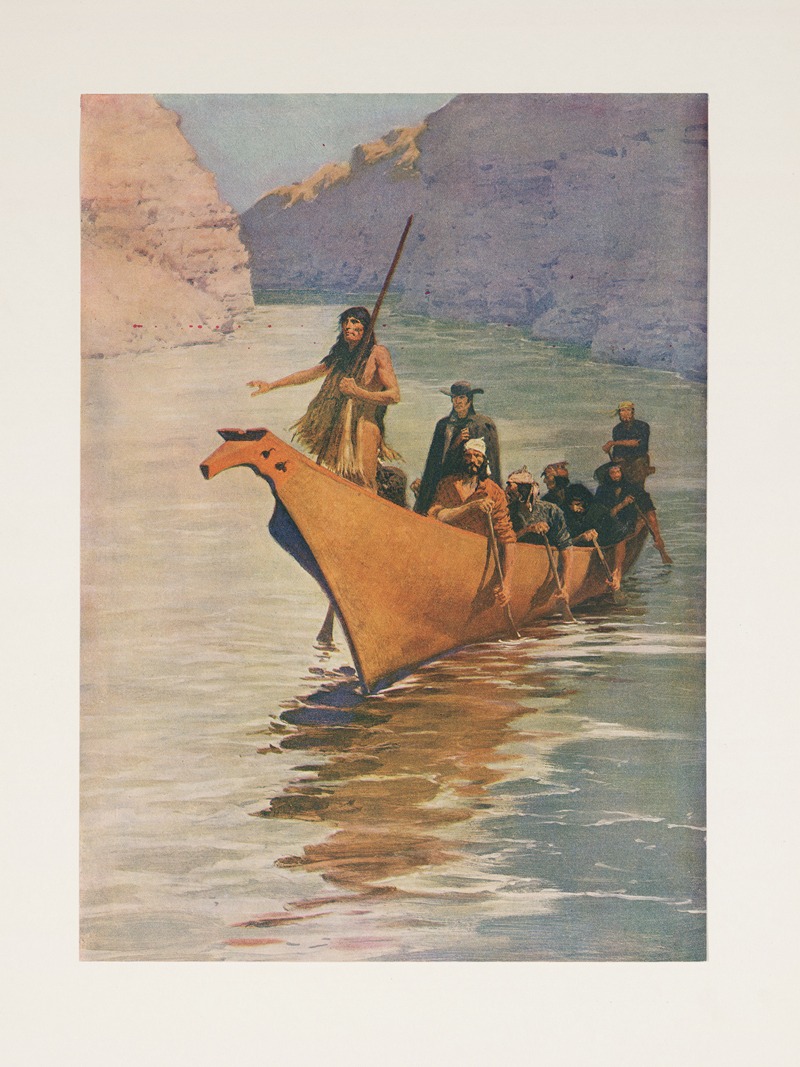
The great explorers. VII–Mackenzie
A hand-painted replica of Frederic Remington’s masterpiece The great explorers. VII–Mackenzie, meticulously crafted by professional artists to capture the true essence of the original. Each piece is created with museum-quality canvas and rare mineral pigments, carefully painted by experienced artists with delicate brushstrokes and rich, layered colors to perfectly recreate the texture of the original artwork. Unlike machine-printed reproductions, this hand-painted version brings the painting to life, infused with the artist’s emotions and skill in every stroke. Whether for personal collection or home decoration, it instantly elevates the artistic atmosphere of any space.
Frederic Remington was an American artist known for his depictions of the American West, focusing on cowboys, Native Americans, and the U.S. Cavalry. His works are characterized by their dynamic compositions and attention to detail, capturing the spirit and challenges of frontier life. Among his many works, "The Great Explorers. VII–Mackenzie" is one of the pieces that highlight his interest in historical figures and exploration.
"The Great Explorers" series by Remington aimed to commemorate the significant figures in the exploration of North America. Alexander Mackenzie, the subject of this particular piece, was a Scottish explorer known for his expeditions across Canada. He is most famous for being the first recorded person to complete a transcontinental crossing of North America north of Mexico in 1793, reaching the Pacific Ocean. This achievement predated the more famous Lewis and Clark Expedition by over a decade.
Remington's portrayal of Mackenzie would likely have focused on the challenges and triumphs of his explorations. While specific details of the painting "The Great Explorers. VII–Mackenzie" are not widely documented, Remington's style typically involved dramatic and vivid imagery, often emphasizing the harsh and rugged landscapes that explorers like Mackenzie would have encountered. His works often depicted the interaction between humans and the vast, untamed wilderness, highlighting the courage and determination required for such endeavors.
Remington's interest in historical subjects was part of a broader trend during the late 19th and early 20th centuries, where there was a fascination with the exploration and settlement of the American West. This period saw a romanticization of explorers and pioneers, and artists like Remington played a crucial role in shaping the public's perception of these figures. His works contributed to the mythology of the West, blending historical fact with artistic interpretation.
While Remington is primarily known for his paintings and sculptures of the American West, his exploration series reflects his broader interest in the history of North American exploration. His ability to capture the essence of his subjects, whether through the depiction of a lone cowboy or a group of explorers, has left a lasting impact on American art and culture.
In summary, "The Great Explorers. VII–Mackenzie" by Frederic Remington is part of a series that celebrates the achievements of notable explorers like Alexander Mackenzie. Although specific details about this particular painting are scarce, it is likely that Remington's portrayal would have emphasized the adventurous spirit and historical significance of Mackenzie's expeditions, consistent with his broader body of work.





